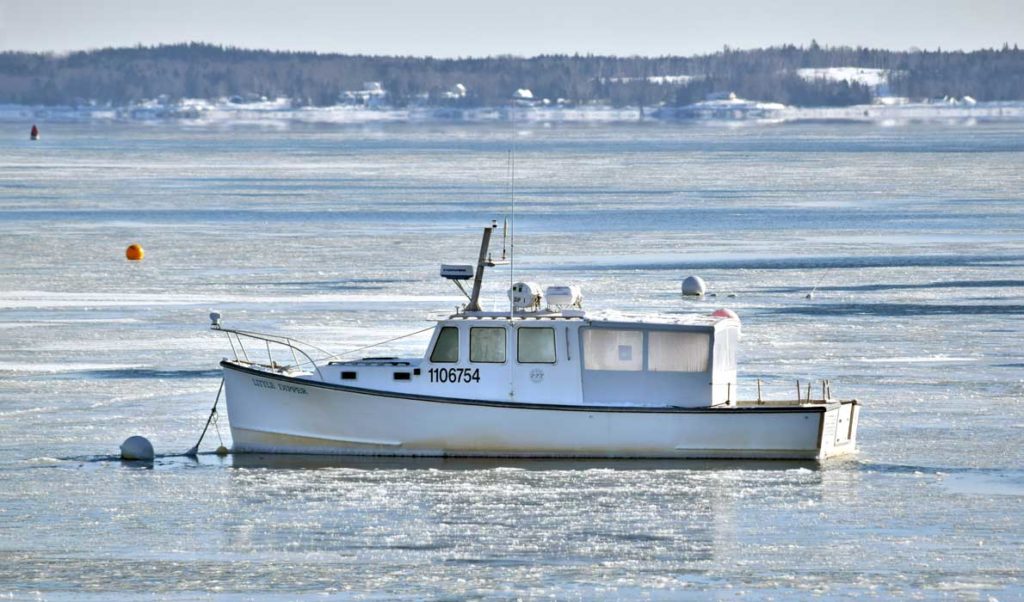As the days get warmer and the sun angle increases, causing the snow to melt and flow back into the ground, rivers and ocean, many of us think of flowers blooming, vibrant green leaves on the trees, and planting for the summer garden. Let’s take a few minutes to remember this past winter that never seemed to end.
The area of our focus is coastal, from Kittery to Belfast, which is forecast by National Weather Service (NWS) in Gray. When NWS describes a snowfall season, it is for seven months from October to April. “Climate normal” is used as a comparison to see how this past winter’s snowfall stacks up in the record books. “Normal values” are a 30-year average of the daily weather at sites, with the current period running from 1981-2010.
While snowfall varies from year to year, the climate normal values for the Southern and Midcoast of Maine range from around 45 inches to 65 inches for a snowfall season. This past season, there were high snowfalls in November, January and February. Snowfall across coastal areas was a lot higher than normal, ranging from 30 to 70 inches above the normal values.
The first significant storm occurred Nov. 2 and left the Midcoast and north buried in around a foot or more of snow. The next storm occurred on Thanksgiving with people waking up to 6-14 inches of heavy wet snow. This greatly surpassed the normal values for November along the coast, which usually range from a few tenths of an inch to around 2 inches.
December didn’t bring any significant snow storms, and by Christmas, the ground was snow free in most areas due to warmer than normal temperatures and higher than normal rainfall amounts. As we started the New Year, snow began to fly again and by Jan. 4, another 5 inches was added to the total. A period of persistent snowy weather started at the end of January with the mid-week blizzard of 2015 blanketing the coast with two to three feet of snow. After the blizzard, several new snowstorms brought snowfall just about every other day through February.
February had the highest snowfall amounts along the coast for many locations with around 35 to 55 inches of snowfall in the shortest month of the year. Our snowy weather pattern also included a shift in temperatures to colder than normal, with Portland and many surrounding coastal towns experiencing a record cold February.
As the snowfall tapered off in March, with a monthly total ranging from 2 to 8 inches along the coast, the temperatures did not seem to want to warm up even with the increase in daylight hours and higher sun angle. March 2015 was still warmer than last year as March 2014 was the fourth coldest on record for Portland area.
It will be no surprise to many that this winter was snowier and colder than normal for coastal Maine. Many coastal locations saw over 100 inches of snowfall, which is at least double their normal seasonal snowfall values along with record cold temperatures.
NWS Gray is also looking for weather spotters across our forecast area. Anyone interested in becoming a weather spotter can find out more at: http://www.weather.gov/gyx/skywarn_skywarn.htm.
Now, let’s continue to enjoy the warmer weather for the next five months!
Nikki Becker heads up the National Weather Service’s observing program in its Gray office.





